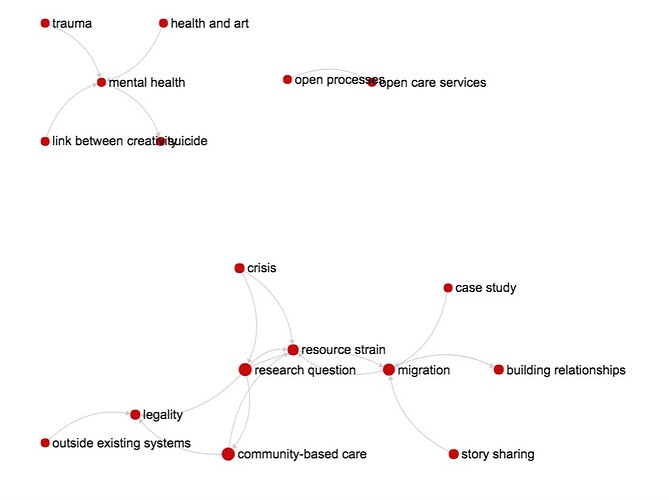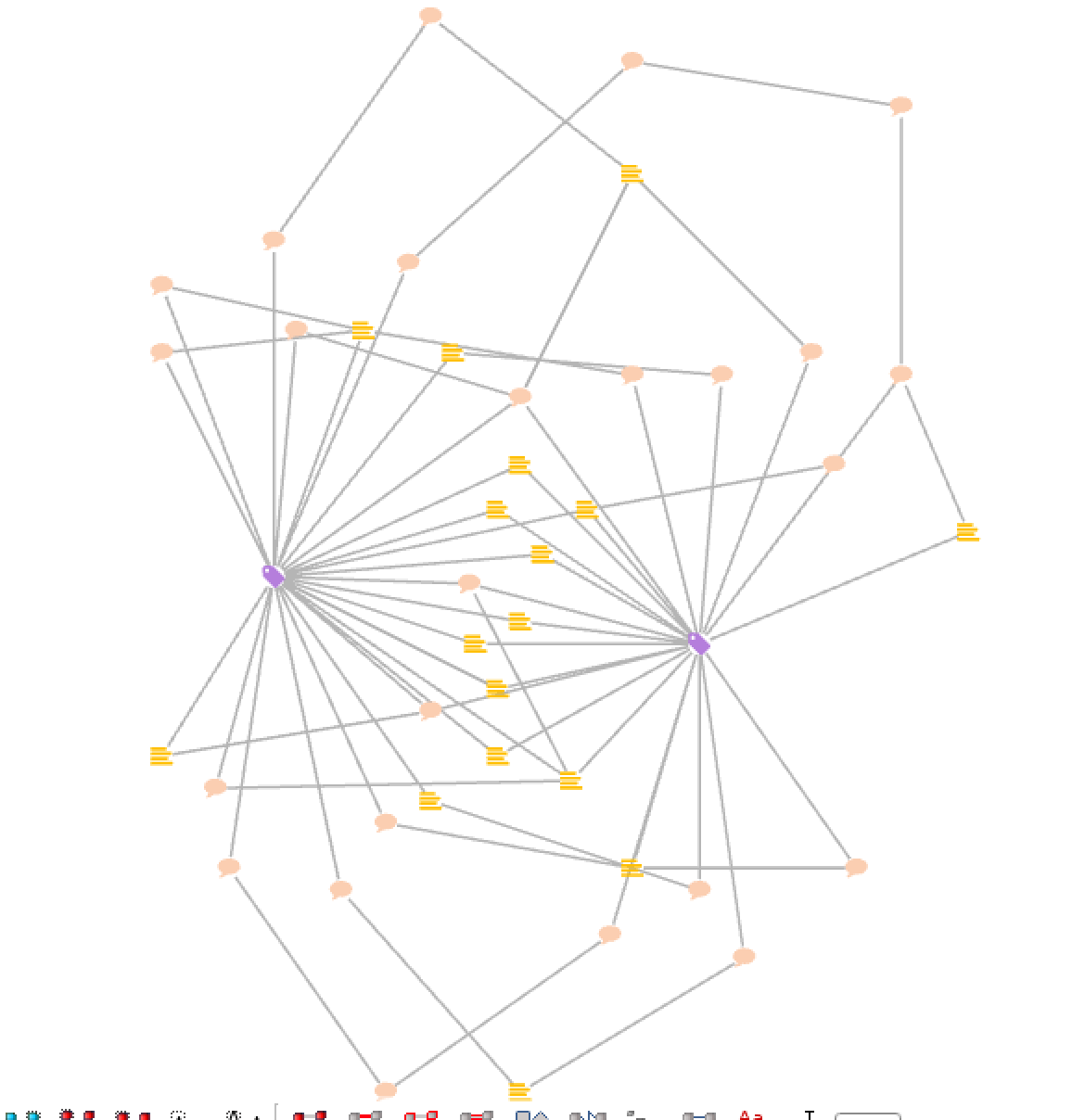I have been seeing a common theme among a lot of posts ---- how existing legal frameworks don’t allow for the kind of innovation required to overcome a problem. Concerns around this usually pull two ways---- first, sharing tactics to get around these legal issues, and second, a discussion or question on whether it is safe to do so. In some cases, the law is there to ensure people’s safety. In others, it impedes it. (This is in part what I wrote on in this piece) It’s a complex issue that people have been discussing across different health and social care problems on the site.
Mental health, too, is a key issue being discussed all over the site. Often it is tied to trauma, which is in turn tied to migration in a lot of cases. But lately I’ve been seeing an expansion of the discussion on mental health— not just focused on refugee issues, but also mental health issues across populations. Youth come up frequently, as do feelings of hopelessness in the face of the current labour market. There has been a repetitive feeling of disconnect between one’s own dreams and desires and the way cultural and social norms, as well as existing labour and $ structures, require one to live and attribute value to activities.
Most of the solutions, at least as I have observed, are community-based. Modern life is extremely individualising, and for both mental health problems and feeling trapped by a legal system, reaching out to others for care, support, and ideas provides a way out. Alternative ways of living, thinking, and dreaming are put forth by communities, and allow individuals to imagine different futures.
There seem to be technological solutions for this kind of community-building — mainly, platforms for bringing people together and allowing them to share knowledge.
Those are my initial thoughts and interpretations!
Two final notes:
For some reason, duplicate tags frequently get created for the exact same word or phrase (I’m not sure why this happens). I can merge duplicates, but it requires going to the taxonomy manager each time so I usually only do it after I complete a large enough batch. It would be great to know why this happens and get a fix for it.
Research question should be separated out as it isn’t a true code, just a way of aggregating questions that community members are asking.


